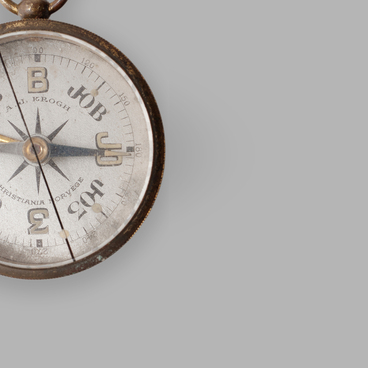The first attempts to record sound began with the invention of the graphophone. Thomas Edison later built upon its ideas and created the phonograph. The device, which he saw as the first audiobook for the blind, marked the beginning of the history of the mass music industry.
In the early 20th century, the graphophone was called a “talking machine” and inspired “awe of mystery, which the public could only have superficially experienced at exhibitions, is now, in the full sense of the word, a true friend of many thousands of families. Undoubtedly, the graphophone represents the most precious contribution of science meant for the entertainment and instruction of mankind.”
In 1894, the American scientist Emil Berliner, who is also credited with the invention of the microphone, improved the graphophone and patented a new device — a gramophone and a gramophone record. This device later switched from being powered mechanically to using electricity and spread all over the world.
Gramophone records provided people with the opportunity to listen to recordings of choirs, orchestras and solo performances from the comfort of their home.
At first records were sold without any kind of packaging. Some time later, retailers began putting them inside yellow cardboard envelopes right at the store. Manufacturers began to pack records directly at the factory only in the 1910s–1920s. These envelopes often featured advertisements for other products of the manufacturer.
Before the Second World War record covers were usually uniform. Alexander Steinweiss, a graphic designer from Columbia Records, is considered to be one of the creators of record cover art. He was the first to make artistic illustrations dedicated to music, and also created a signature style for covers produced by Columbia.
Covers for jazz albums had a special design, since they were produced by independent companies. Artists often used photographs and graphics in the Art Nouveau and avant-garde styles.
The mid-1960s marked the beginning of the era of rock music. Musicians and singers became stars and started influencing the design of recordings. They hired designers, artists and photographers to make their album covers reflect the style and mood.

